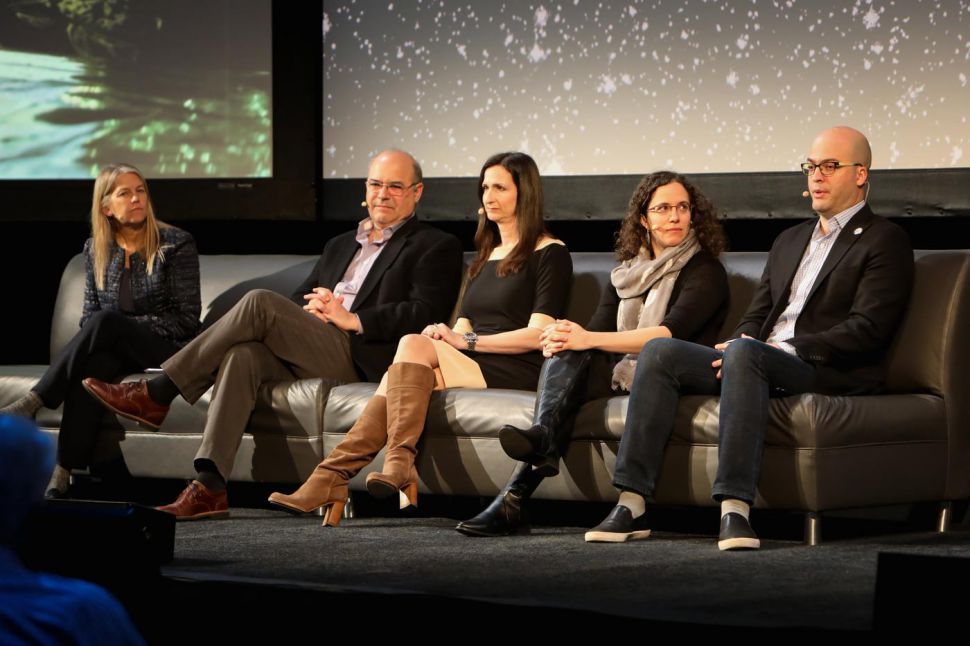The Official Space Force Ranks
Article by Oriana Pawlyk January 29, 2021 (military.com)
• The US Space Force’s new ranking system for its enlisted members and officers mostly mirrors that Air Force’s ranks. The Space Force ranks took effect on February 1, 2021.
• In December, former-Vice President Mike Pence announced that space professionals would be called Guardians. Space Force junior enlisted members between E-1 and E-4 will now be called specialists (like the Army). E-5 personnel are sergeant and E-6 are technical sergeant. The most senior E-9 rank is the Chief Master Sergeant. Chief Master Sgt. Roger Towberman, the senior enlisted adviser to the service, will officially assume that top enlisted title. Officer ranks from second lieutenant to general will be the same as the Air Force’s ranking. There will be no changes to benefits entitlements.
• In July, Rep. Dan Crenshaw, R-Texas, proposed an amendment in the fiscal 2021 National Defense Authorization Act requiring “the same system and rank structure as is used in the Navy” for the Space Force. A Navy rank system would make sense for the Space Force, experts have said. Other space enthusiasts have noted on social media that “Space Admiral just sounds better.”
• Even William Shatner – the actor who portrayed Capt. James Kirk of the USS Enterprise in the original “Star Trek” series – initially backed Crenshaw’s idea. In an op-ed titled, “What the heck is wrong with you, Space Force?” published in Military Times in August 2020, Shatner said, “When you unveiled the Space Force logo, many immediately saw it as an homage to ‘Star Trek’ (even though our Delta was an homage to the previous military space insignias). Why not borrow back from ‘Star Trek’ and adopt our ranks as well?” he wrote. “We took them from the Navy for good reason.”
• “A good reason to use Navy ranks in the Space Force is to better distinguish [Space Force] personnel from Air Force personnel, kind of like [the Marine Corps] using different ranks than the Navy,” said Todd Harrison, director of the Aerospace Security Project at the Center for Strategic & International Studies. But lawmakers ultimately ditched Crenshaw’s provision on naval ranks.
• Space Force has so far debuted its organizational structure; official logo, seal, flag and motto; a dark navy-colored name tape; and a lapel pin. The service still lacks an official dress uniform, physical fitness uniform and mess dress uniform; an official song; patch and insignia wear. It has released three commercials to attract new recruits.
• [Editor’s Note] For years, Congress has managed to do next to nothing. Apparently, our “lawmakers” only step in when they feel it is time to screw things up. An ‘Admiral’ of a Starship makes so much more sense than a ‘General’. Did they do the opposite of Dan Crenshaw’s proposal simply because he is a Republican? It is clear that Congress is occupied by complete morons. It is time to clear them out, tell the public what is really going on, and to start all over for the sake of our country.
 The U.S. Space Force finally has an official rank structure for its enlisted members and officers, a service spokesman has confirmed to Military.com.
The U.S. Space Force finally has an official rank structure for its enlisted members and officers, a service spokesman has confirmed to Military.com.
A leaked memo first posted on the popular Facebook page Amn/Nco/Snco detailed the new ranks, which nearly mirror Air Force ranks.
Instead of “airman,” junior enlisted members between E-1 and E-4 will be called specialists, according to the document. The Army is the other service with a specialist rank, for troops in the E-4 paygrade.
While the Air Force has staff and technical sergeants, the Space Force E-5 rank will be known as sergeant, followed by technical sergeant for E-6. Officer ranks — second lieutenant to general — will remain the same as its sister service.

The new rank structure takes effect Feb. 1, the memo states.
The most senior member is the Chief Master Sergeant of the Space Force, an E-9 rank, the memo adds. Chief Master Sgt. Roger Towberman, the senior enlisted adviser to the service, will officially assume that title effective next week, the spokesman said.

There will be no changes to benefits entitlements, according to the memo.
Some speculated that the Space Force, which is part of the Department of the Air Force, would adopt its parent service’s rank structure; others argued for using the Navy’s rank system — which is what some lawmakers intended.
In July, Rep. Dan Crenshaw, R-Texas, proposed an amendment in the fiscal 2021 National Defense Authorization Act requiring “the same system and rank structure as is used in the Navy” for the Space Force, according to a House summary of the text.
Space Force officials said they were ready to move forward, but because of the measure, the service halted announcing its decision at that time.
A Navy rank system would make sense for the Space Force, experts have said. Other space enthusiasts have noted on social media that “Space Admiral just sounds better.”
FAIR USE NOTICE: This page contains copyrighted material the use of which has not been specifically authorized by the copyright owner. ExoNews.org distributes this material for the purpose of news reporting, educational research, comment and criticism, constituting Fair Use under 17 U.S.C § 107. Please contact the Editor at ExoNews with any copyright issue.

